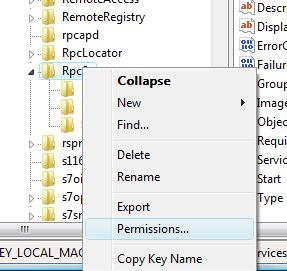If you're limited to MDT or you're having a hard time getting SCCM to accept information\variables prior to OS Deployment, OSD++ might be exactly what you need!
OSD++ can run from a Task Sequence after you've added it's source directory to a package, by including different XML files you can request information from the user and apply any changes to the registry or to the unattended file itself.
It can read from and to the registry as well as give you easy access to WMI information.
OSD++ offers a quick and easy way to get the computername or install software based on the spesific choices made by the user.
The users can either fill in a textbox, with or without Regular Expressions to control that the input is valid, or with listboxes.
The choices can be stored in a XML for future use, in the registry or in the unattended file the computer is about to use for OS Deployment.
All it really lacks is LDAP support though you can "cheat" your way to this by using Distributed Files Service and a "IF EXSIST" Batch script.
Try it by downloading it here (Documentation)
Read more at the OSD++ Blog
Graded: A-
Only needs a few more features to make it a Must-Have-Software for anyone without SCCM and most with.
Edit: New grade based on new experiences



.png)


